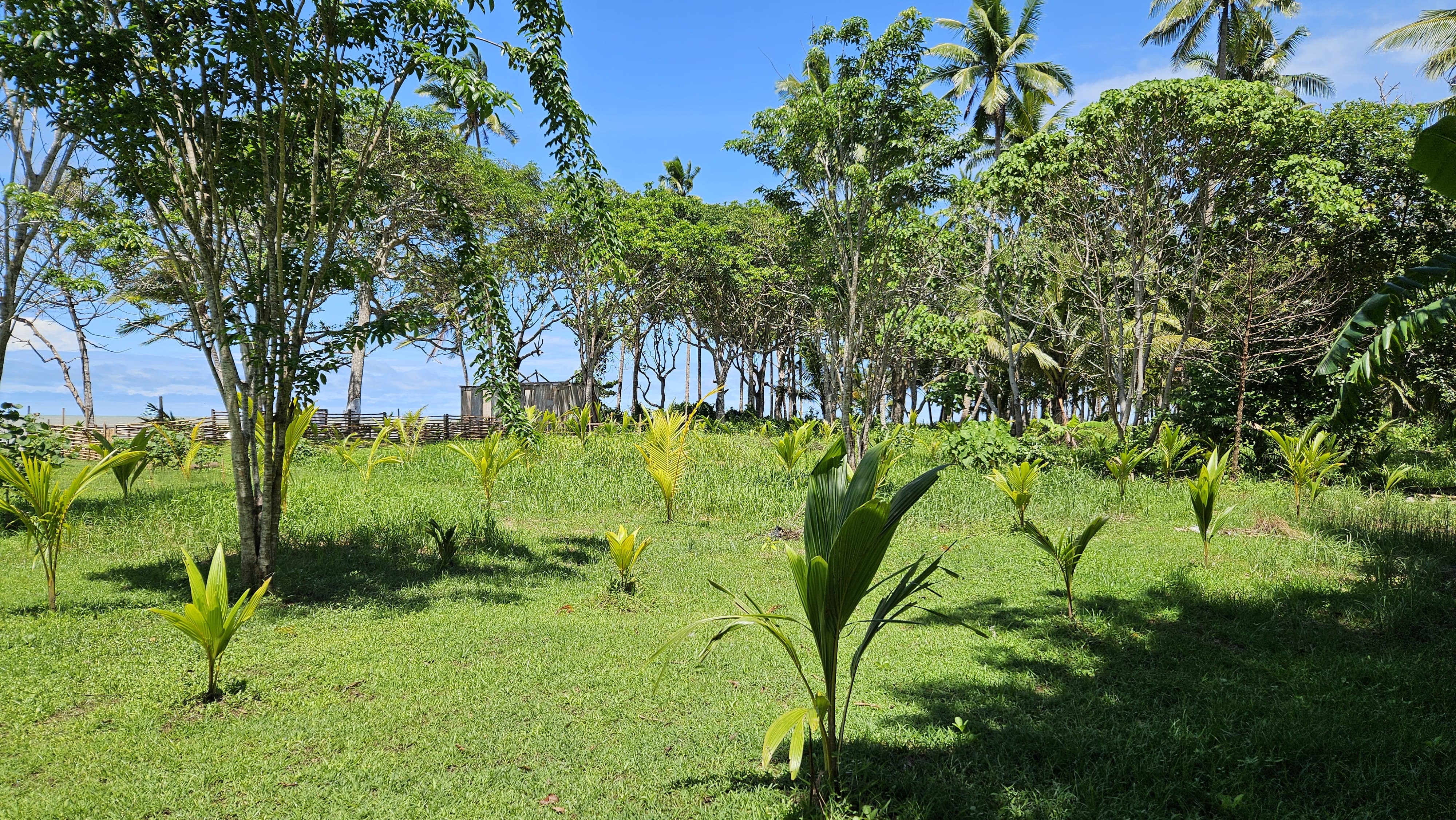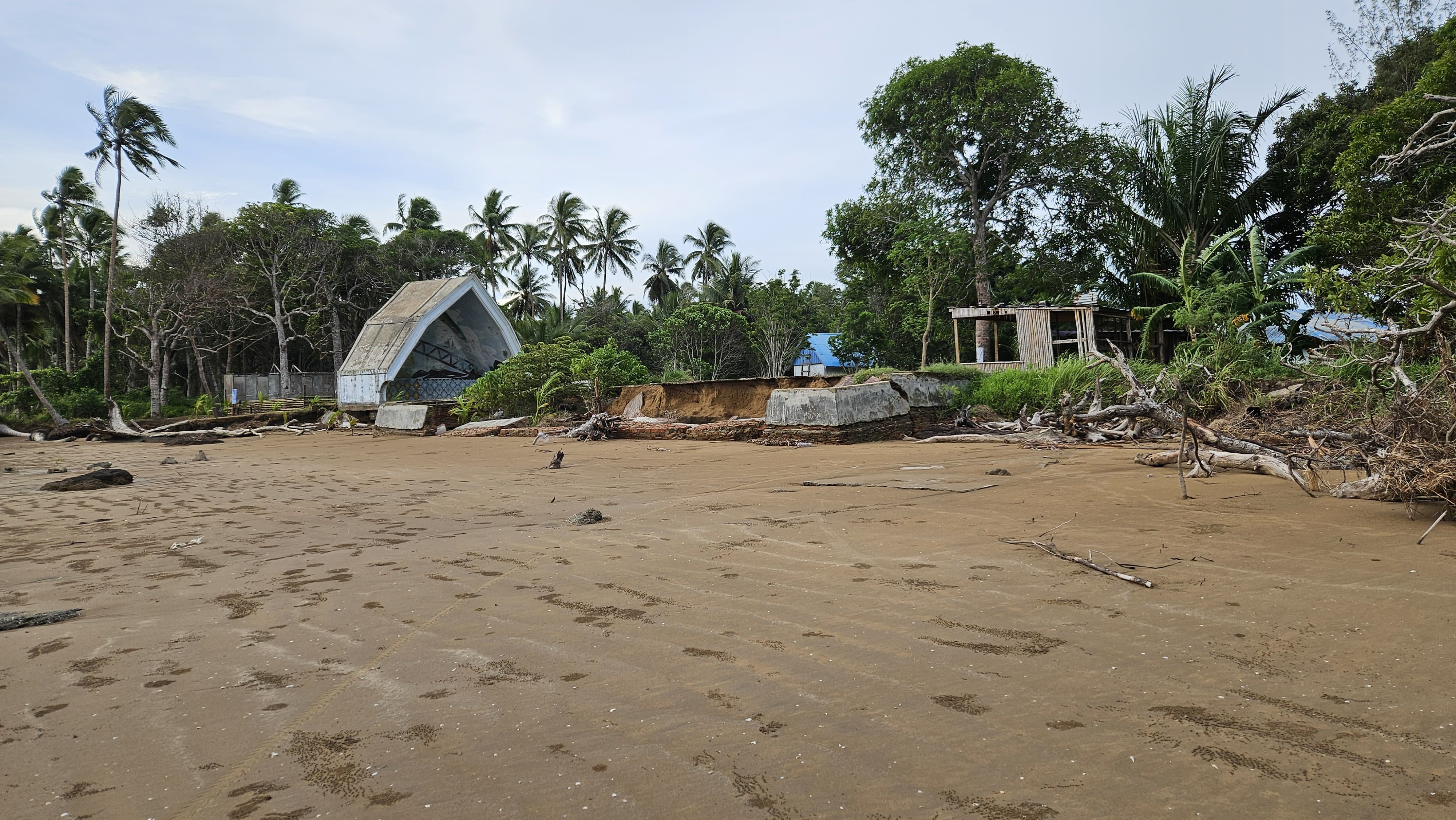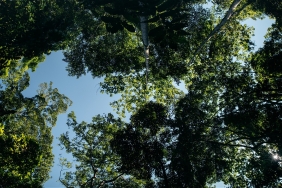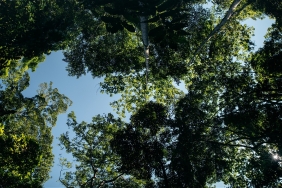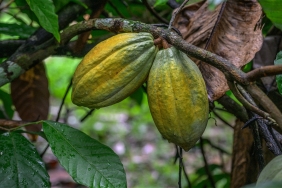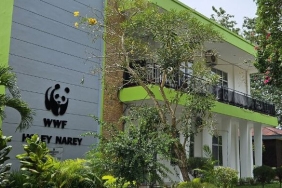RESTORATION: WANINGGAP NANGGO VILLAGERS' LAST HOPE TO RESTORE THEIR NATURE
"I was born in 1961, I just want to tell a little story, maybe there can be an overview of how I can block or limit the village that always has abrasion. Before I was born, this village was still far from the coastline, with the current one and I am 64 years old, I used to see the west wind come and damage the coast of this land up to 10 meters". Said Alvons Kaize, Head of Kaize Cla, with a voice that trembled with concern, during the socialization of Restoration Monitoring Activities.
The Waninggap Nanggo Village, located in Semangga District, Merauke Regency, South Papua Province, is a place full of uniqueness and cultural richness. With seven major clans inhabiting the area, including Balagaize, Kaize, Basik-Basik, Gebze, Ndiken, Mahuze, and Samkakai. Every corner of the village holds deep-rooted stories and traditions. The word "Waninggap Nanggo", when translated from the local language, has a deep meaning of "For Good". This interpretation implies a deeper philosophy that emphasizes the importance of performing all actions with benevolence and positive intentions. The village has a distinctive charm and character, mainly due to its strategic location along the coast.
One of the most prominent changes is the gradual receding of the coastline, which is getting further away year after year. This shift has led to an alarming decline in local fish catches and triggered challenges for residents who depend on the sea as their main source of income. In addition, some coastal areas are experiencing severe abrasion, further exacerbating the vulnerability of the coastline. Communities are also grappling with unpredictable weather patterns.
The new challenges actually sparked the creative ideas of Waninggap Nanggo residents who capitalized on ecotourism opportunities. That's where the community began the development of coastal ecotourism, utilizing the culture of the Wendu Sacred Heart Parish Celebration. This endeavor not only aims to attract visitors but also to foster a deeper appreciation of the natural beauty and heritage of the area.
In response to pressing environmental issues, both the community and the church came together to galvanize restoration efforts along the Waninggap Nanggo coastline. This collaborative initiative reflects a commitment to preserving coastal ecosystems while increasing community resilience in the face of ongoing environmental changes.
The restoration of nature has been carried out by the people of Waninggap Nanggo Village independently. Then in December of 2024, the General Election Commission (KPU) together with the WWF Indonesia Foundation Papua Program and Pastor Andreas Fanumbi held an Environmental Care Pilkada Socialization as well as tree planting along the Arem and Murayam Coastal Areas, as many as 1,000 tree seedlings were planted by involving the Church, landowners, religious leaders, youth leaders, community leaders, and the entire community in Waninggap Nanggo Village.
Comprehensive monitoring was conducted for three months to assess the progress of the newly established planting areas. During this period, 683 trees were recorded successfully thriving in their new environment. This count included a variety of species, including 527 Coconut Trees, 3 Waru Trees, 1 Soneratia Tree, and 2 Mango Trees. In addition, the team recorded the presence of 1 Linggua Tree, 44 Ketapang trees, 60 Fir Trees, 8 Bruguiera Trees, 1 Banyan Tree, and 6 Avicennia Trees. Each of these species contributes uniquely to the local ecosystem, highlighting the success of the planting efforts and the potential for increased biodiversity in the region.
Especially for mangroves, the community recognizes strata and zoning in mangrove planting on the coast, starting with sand wood plants, then followed by fire plants. Scientifically, tree planting is appropriate, starting with Sonneratia plants side by side with Avicennia.
This monitoring activity was carried out while socializing the Restoration program and the introduction of the Reconnect+ application platform by WWF-Indonesia. This platform serves as an information system to support digitization and improve the tree planting and restoration system run by WWF, which can be visualized in the Reconnect+ dashboard.
The Reconnect+ platform was also introduced directly to the community in Waninggap Nanggo Village and practiced by restoration management groups from two planting sites, namely Murayam Beach and Arem Beach. Restoration groups from both locations were involved as surveyors and will continue to monitor in the future.
Restoration is an important thing to do as a form of overcoming environmental degradation that increasingly threatens ecological balance and the sustainability of life. In this context, restoration is defined as an effort to restore damaged or disturbed ecosystems so that they can return to close to their natural state before being degraded.
